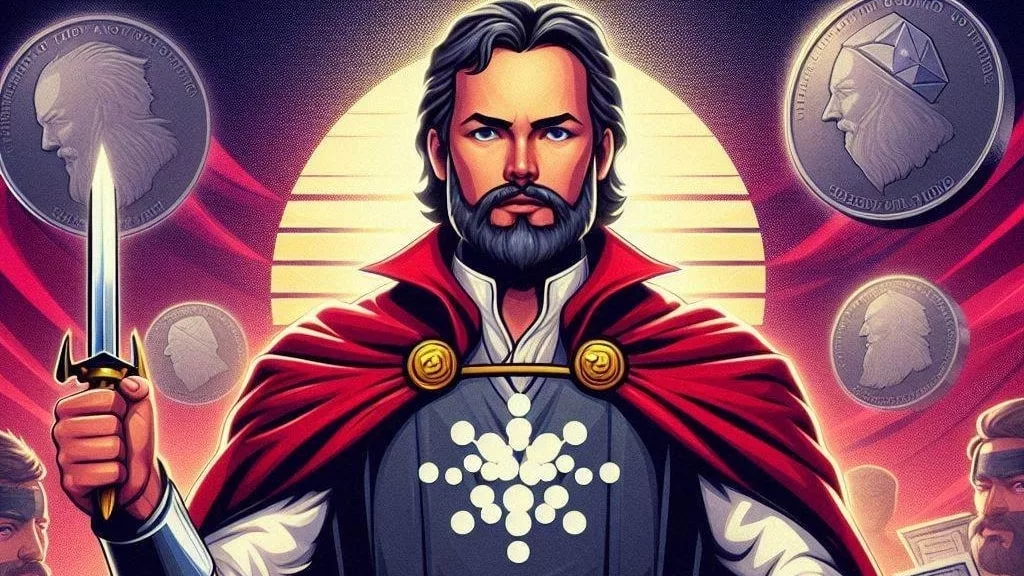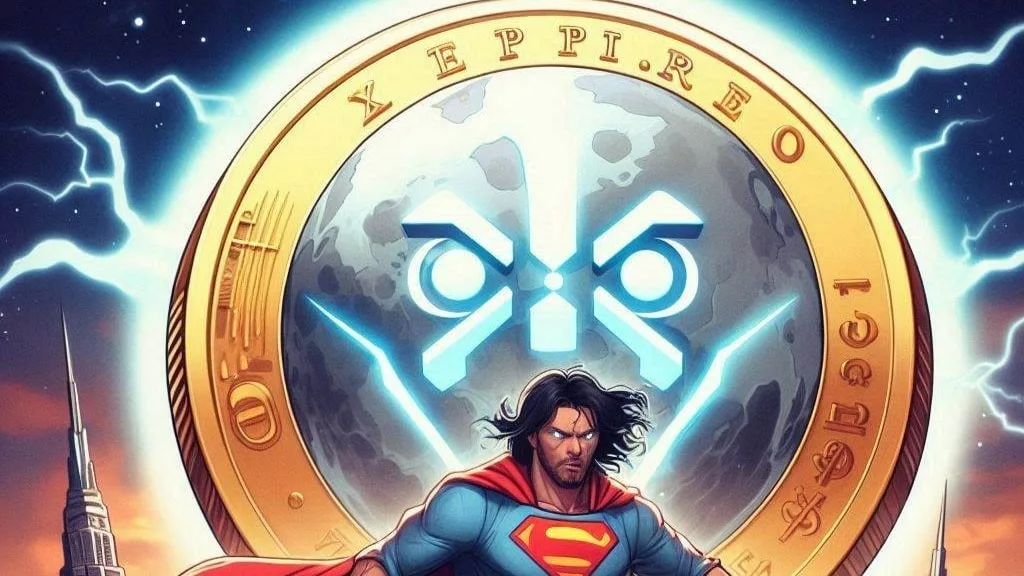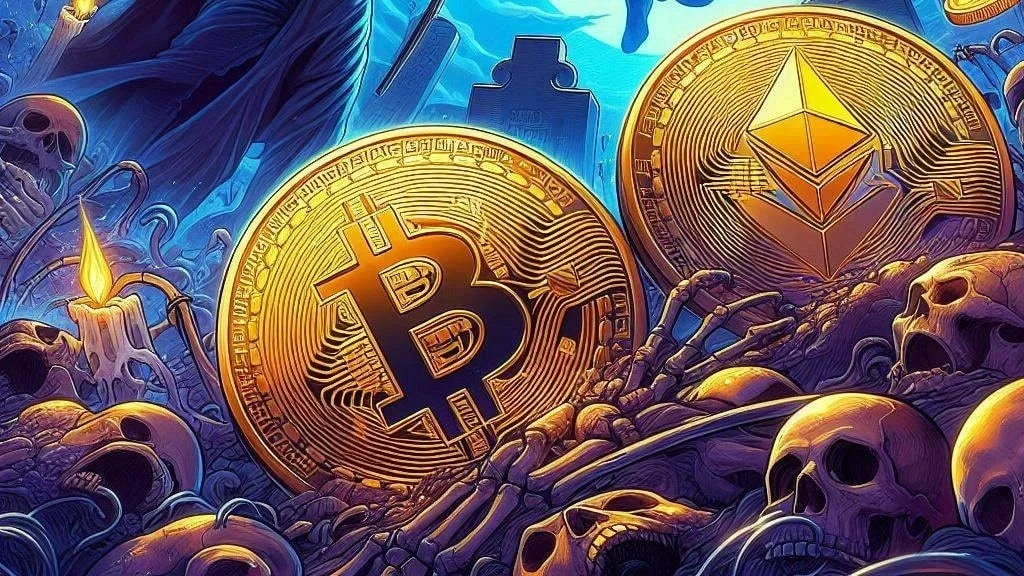
Charles Hoskinson, the founder of Cardano, became the focus of controversy. The publication’s description of Hoskinson as a “cult leader” and Cardano as an “Ethereum clone” has led to a strong response from both the Cardano community and its founder.
Forbes’ Controversial Portrayal
Forbes’ latest feature on the cryptocurrency landscape praised prominent figures such as Bitcoin’s enigmatic creator, Satoshi Nakamoto, and Ethereum’s Vitalik Buterin. Nakamoto was celebrated for his groundbreaking role in creating Bitcoin, while Buterin was lauded as the intellectual force behind Ethereum, a blockchain with a market capitalization of $283 billion.
However, the article took a less favorable view of Cardano. Forbes labeled Hoskinson as a “cult leader” and Cardano as simply an “Ethereum clone,” despite the blockchain’s current valuation of $11.5 billion. This depiction has generated significant backlash within the crypto community, with many defending Cardano and its distinct technological advancements.
Hoskinson’s Response
Charles Hoskinson has strongly challenged Forbes’ characterization, stating that the portrayal misrepresents Cardano. He argues that describing Cardano as an Ethereum clone is inaccurate and dismisses the blockchain’s unique features and innovations.
Hoskinson pointed out several key differences between Cardano and Ethereum. For example, Cardano’s early implementation of a proof-of-stake consensus mechanism predates Ethereum’s similar transition, marking a significant divergence in their blockchain architectures. Additionally, Cardano uses the Extended Unspent Transaction Output (eUTXO) model, which contrasts with Ethereum’s account-based model. This distinction is crucial for understanding Cardano’s operational dynamics and its advantages, such as lower and more predictable transaction fees compared to Ethereum’s variable costs.
Community Defends Cardano
The crypto community has rallied to Cardano’s defense, with many enthusiasts highlighting the blockchain’s innovations and design that set it apart from Ethereum. Supporters have emphasized Cardano’s focus on scalability, sustainability, and academic rigor, which contribute to its unique identity within the cryptocurrency space.
Cardano’s research-driven development process and its reliance on peer-reviewed academic research are also points of distinction. These aspects underscore Cardano’s commitment to creating a robust and unique blockchain platform.
Historical Skepticism Towards Altcoins
Forbes’ critical view of Cardano is part of a broader pattern of skepticism the publication has shown towards various altcoins. Earlier this year, Forbes criticized XRP as a “zombie crypto,” noting its failure to meet its promise of transforming global remittances and competing with the SWIFT network. Ripple Labs, the company behind XRP, was also criticized for not achieving its ambitious goals despite substantial interest from financial institutions.
These critiques have provoked strong reactions from the crypto community, highlighting ongoing debates about the viability and impact of different blockchain projects. The diverse perspectives on these technologies reflect deeper divides within the industry regarding their potential and utility.
Conclusion
The controversy surrounding Forbes’ portrayal of Charles Hoskinson and Cardano highlights the complexities of evaluating and comparing various blockchain projects. While Forbes’ depiction has led to significant criticism and defense, it also emphasizes the challenges of assessing the unique contributions and value of different cryptocurrencies.
As Cardano continues to evolve and innovate, its community remains committed to demonstrating the platform’s distinct value and impact on the cryptocurrency ecosystem. The debate over its comparison to Ethereum and Hoskinson’s role as a leader is likely to persist, reflecting the broader dynamics and rivalries in the ever-changing world of digital currencies.


Get the latest Crypto & Blockchain News in your inbox.